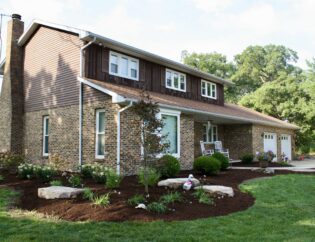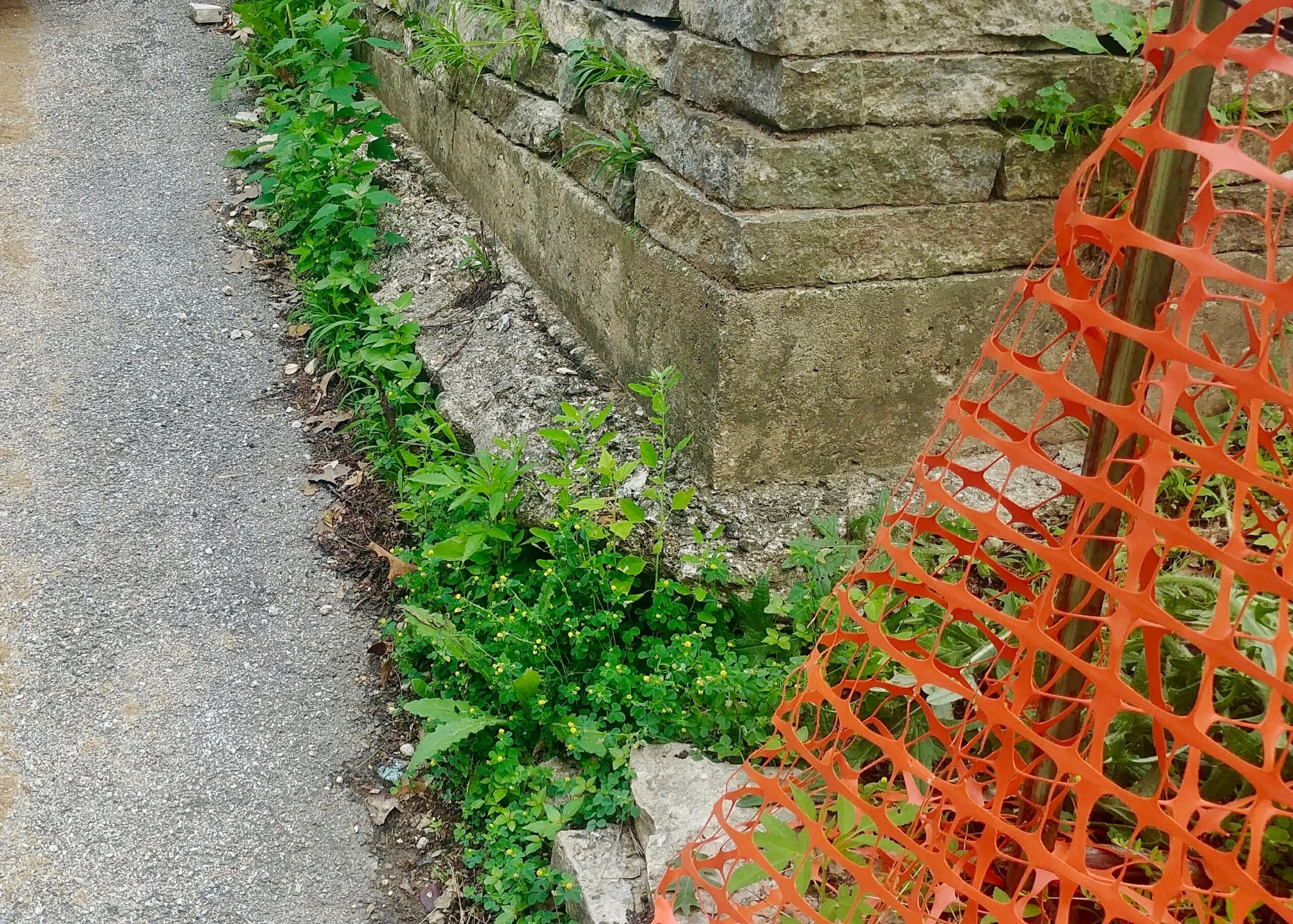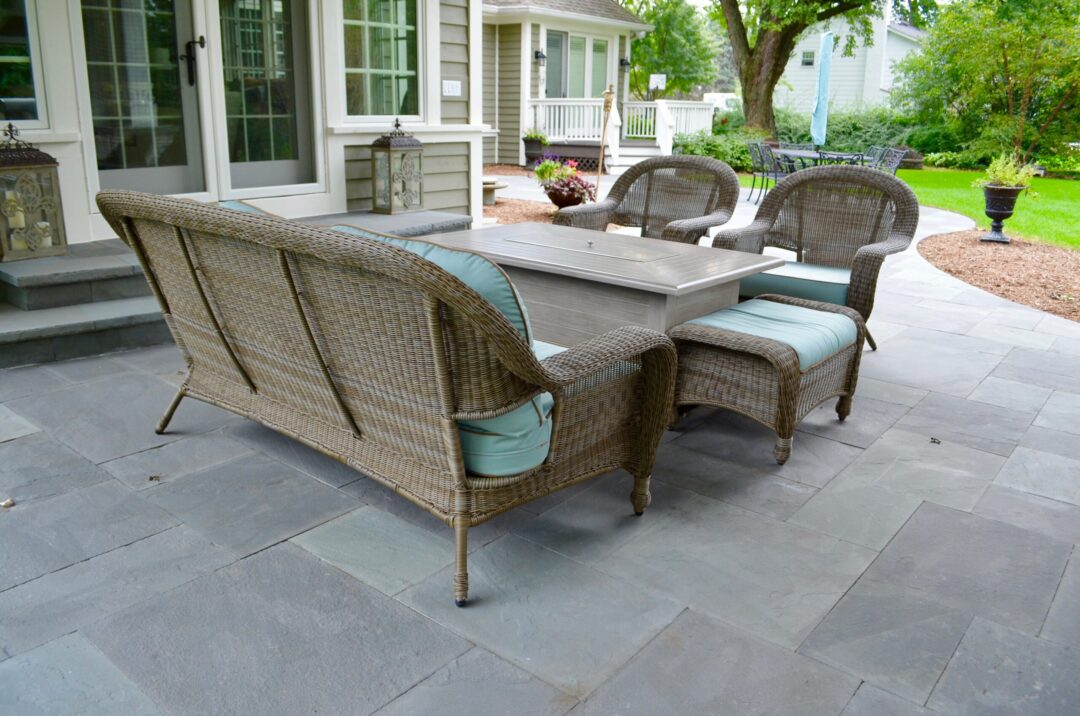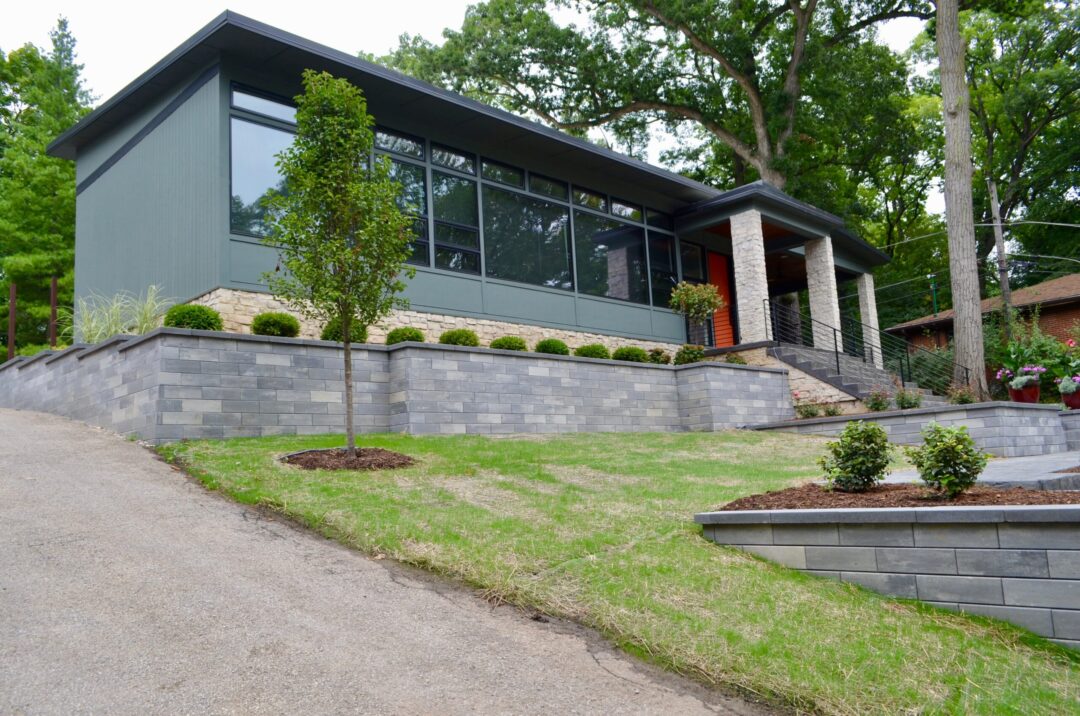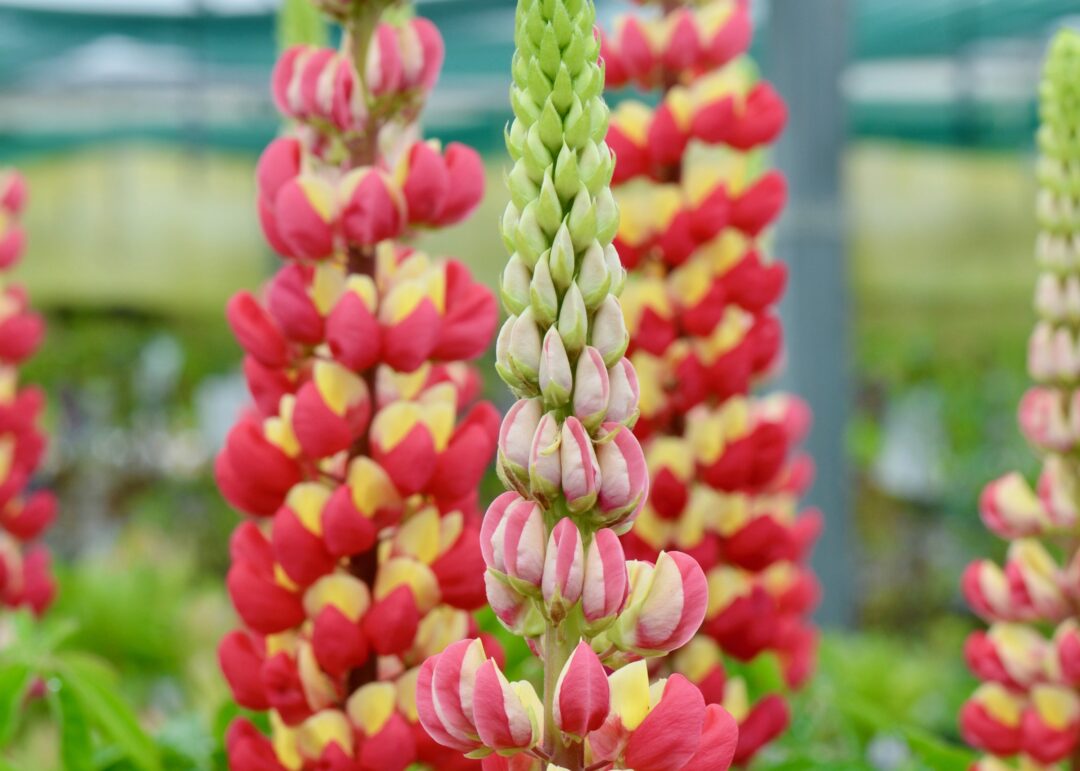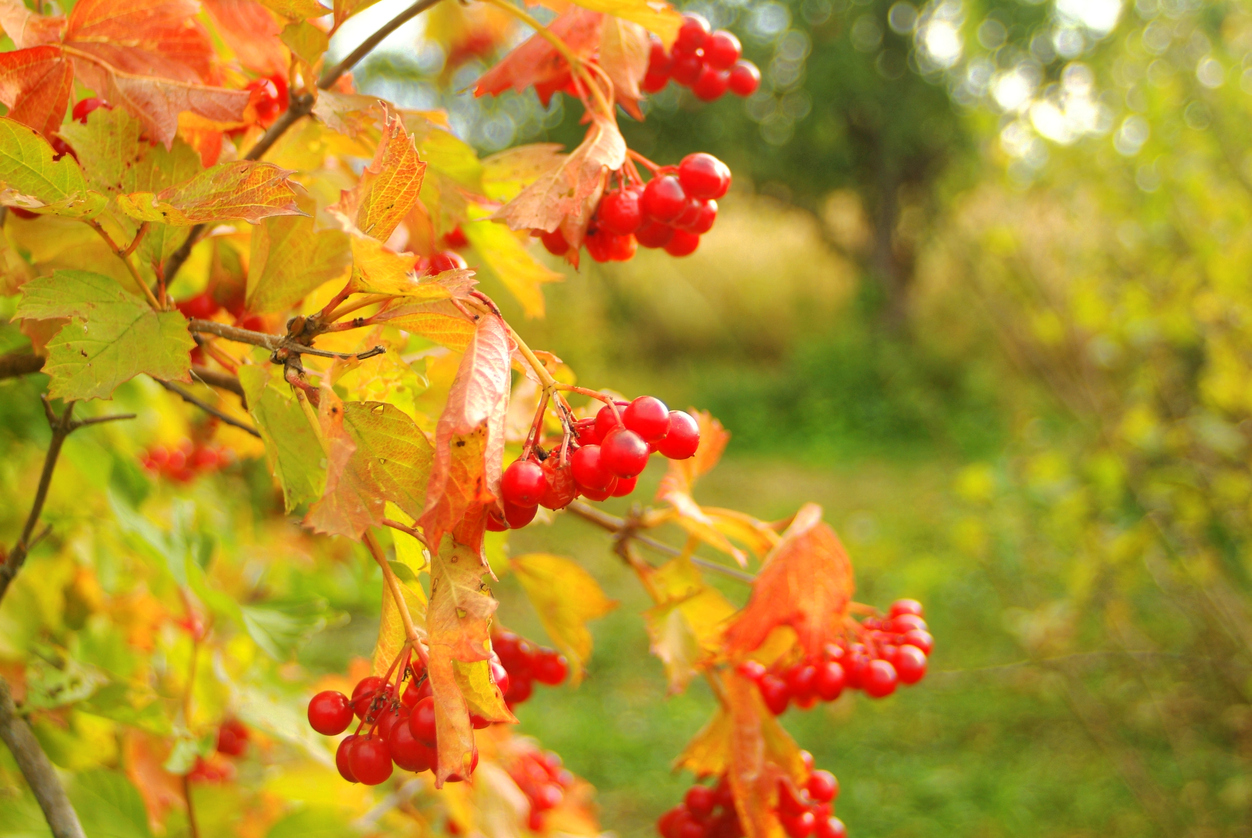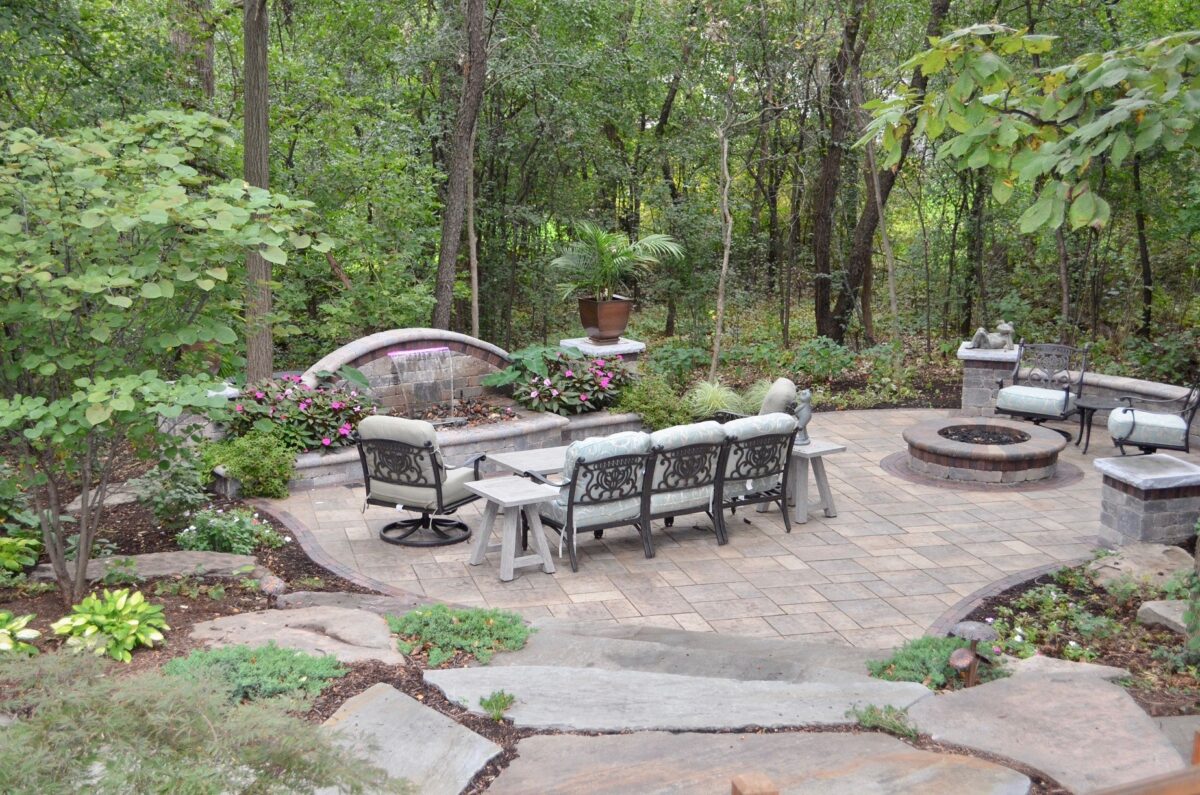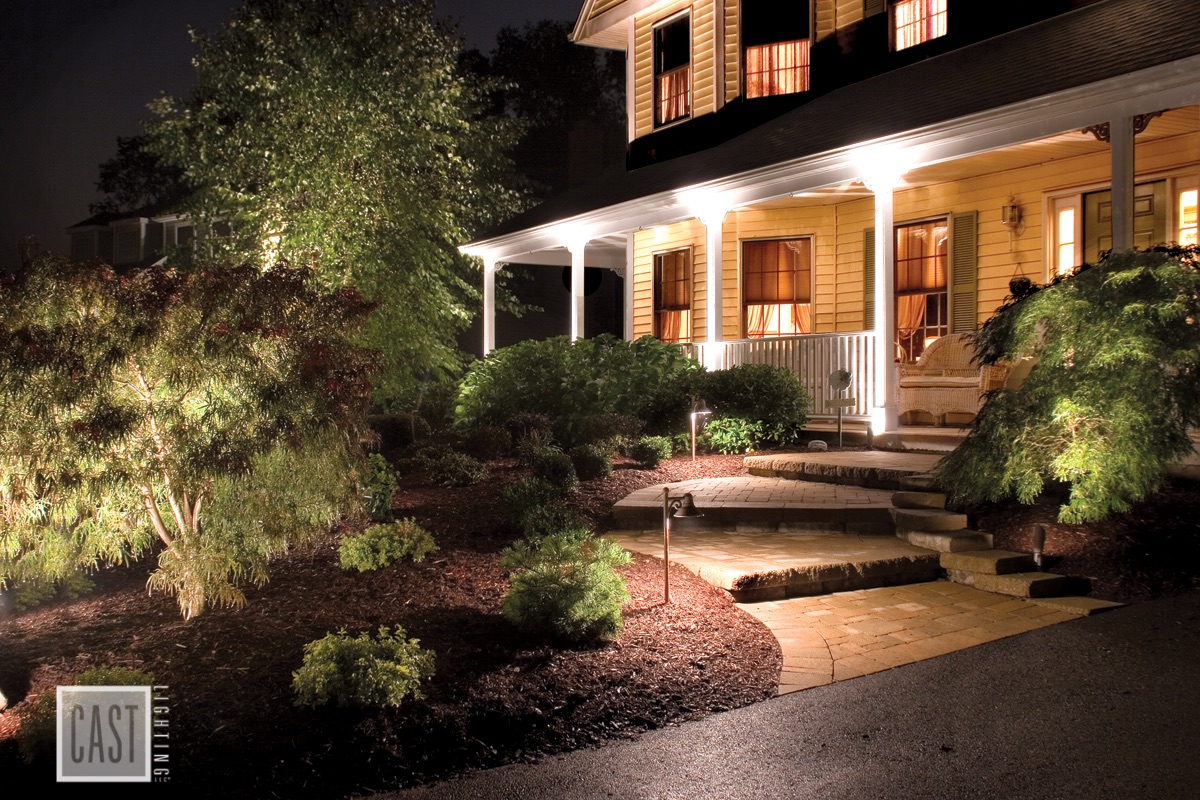
A well-kept vegetable garden not only provides your family with fresh ingredients for recipes and salads, but can also save you money on groceries while functioning as an attractive landscape feature if properly planned. Start small and plan to include a variety of brightly-colored vegetables that will grow well given the fluctuations in our Midwest climate.
Below are 6 helpful tips for growing your own vegetable garden:
1. Make sure the area you choose for your garden plot has enough sunlight. Vegetables need at least 6 hours of full sun each day, 8 hours is ideal. You may also want to think about planting in an area closer to the house for easy access and to help keep the local wildlife from helping themselves to your harvest.
2. Start small. If it is your first experience with vegetable gardening, start with a small 10×10 plot. Starting off with a small space will help ensure that you don’t get overwhelmed with maintaining your garden and that there aren’t extra vegetables that go to waste.
3. Plan the types of vegetables you would like to use. Consider what will grow best in your area or ask at your local garden center. Some suggestions for common vegetable garden plants are tomatoes, peppers, onions, lettuce, spinach, broccoli, radishes, carrots and zucchini squash. Think about the types of vegetables your family likes to eat and the types that aren’t always available at a grocery store or at your local farmer’s market.
4. Order seeds from an online seed catalog or purchase starter plants from your local garden center. Generally, you will find more variety if you order online or from a seed catalog versus purchasing starter plants from a garden center or hardware store. Since seeds are easy to transport, you can also share them with neighbors or fellow gardeners.
5. Prepping the soil. Fertile soil is important for a successful vegetable garden. If your plot has been cultivated in the past, you can just till in additional organic material and fertilize. Use a rototiller to cut through impermeable soil, break up clumps and churn the soil particles so that your garden is more hospitable to plant life. Also, be sure to water your garden thoroughly the day before you intend to plant.
6. Planting and maintenance. After you have prepared the soil, you will be ready to sow your vegetable seeds or add your starter plants. Planting depths and spacing can be important, so be sure not to crowd too many seeds or plants into the allotted space. Once you have added your seeds or starter plants, place a tag or marker on each row so that you will know what will sprout where and when. To make maintenance easier, you may want to purchase landscaping fabric to help reduce weed growth while helping to retain moisture and incorporate a drip irrigation system.
Visit the backyard landscaping section of our website for more ideas on how you can expand your outdoor living area and beautify the look of your backyard.


